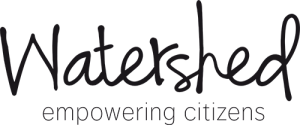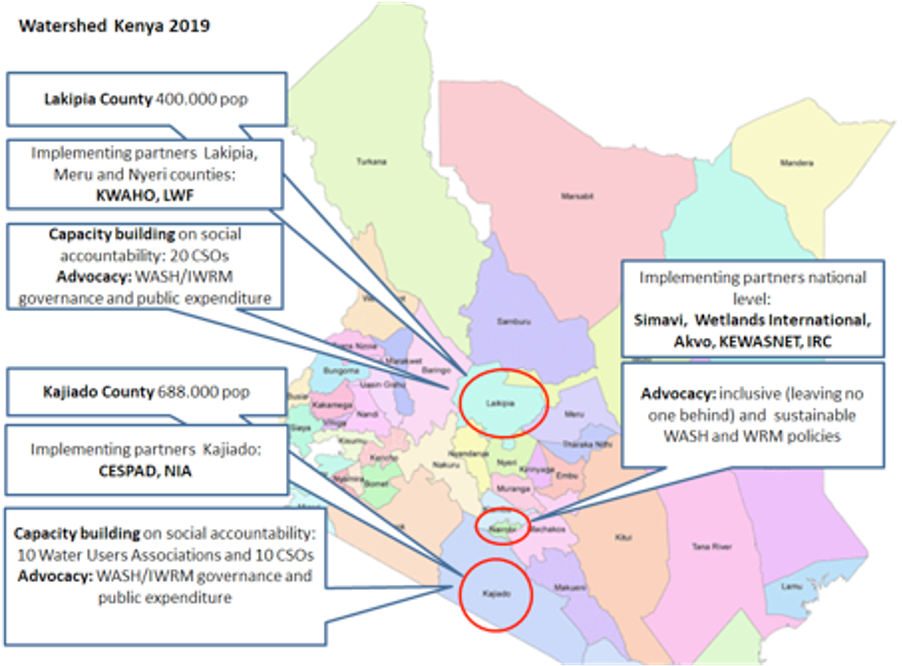After the data gaps were identified in the secondary data review, additional information about the selected parameters for evidence building was collected through primary level data collection.
| Advocacy Issue | Link to the open data |
| Understanding the status of citizen participation in Integrated Water Resources Management (IWRM) and Water, Sanitation and Hygiene in Laikipia County | Randomly sampled data collected in Laikipia East and West about levels of citizen participation in advocacy issues about IWRM/WASH in Laikipia County |
| Water Service Provider Data collected in Laikipia County is part of The World Bank's core indicators in measuring sustainability, service level and functionality of rural water supply. | Household data collected in Laikipia county used for measuring World Banks global core indicators for Rural Water Supply |
| Transparency and visibility. The goal of this project was to use Akvo Tools to track status and budget expenditure of water projects implemented in Kajiado County | Content awaited |
| Advocacy Issue | Link to the open data |
| Understand the status of community participation levels in WRM and WASH projects and identify advocacy issues in Kajiado County | Baseline data collected to understand status of community participation on WASH and IRWM in Kajiado County. |
| Aggregating all Kajiado Water Point Data in understanding the present count of all water sources in Kajiado County. Both functional and non-functional. | Water Point data in Kajiado County as per 2018 |
| Pilot to test water quality testing kit caddisfly in knowing fluoride levels of waterpoints in Kajiado County | Fluoride water quality data of Water Points in Kajiado County. A pilot exercise |
| Transparency and visibility. The goal of this project was to use Akvo Tools to track status and budget expenditure of water projects implemented in Kajiado County | Data contains water projects currently implemented in Kajiado county. The goal of collecting this data is to track contract sum and project implementation status of water projects given the estimated budget of the water |

